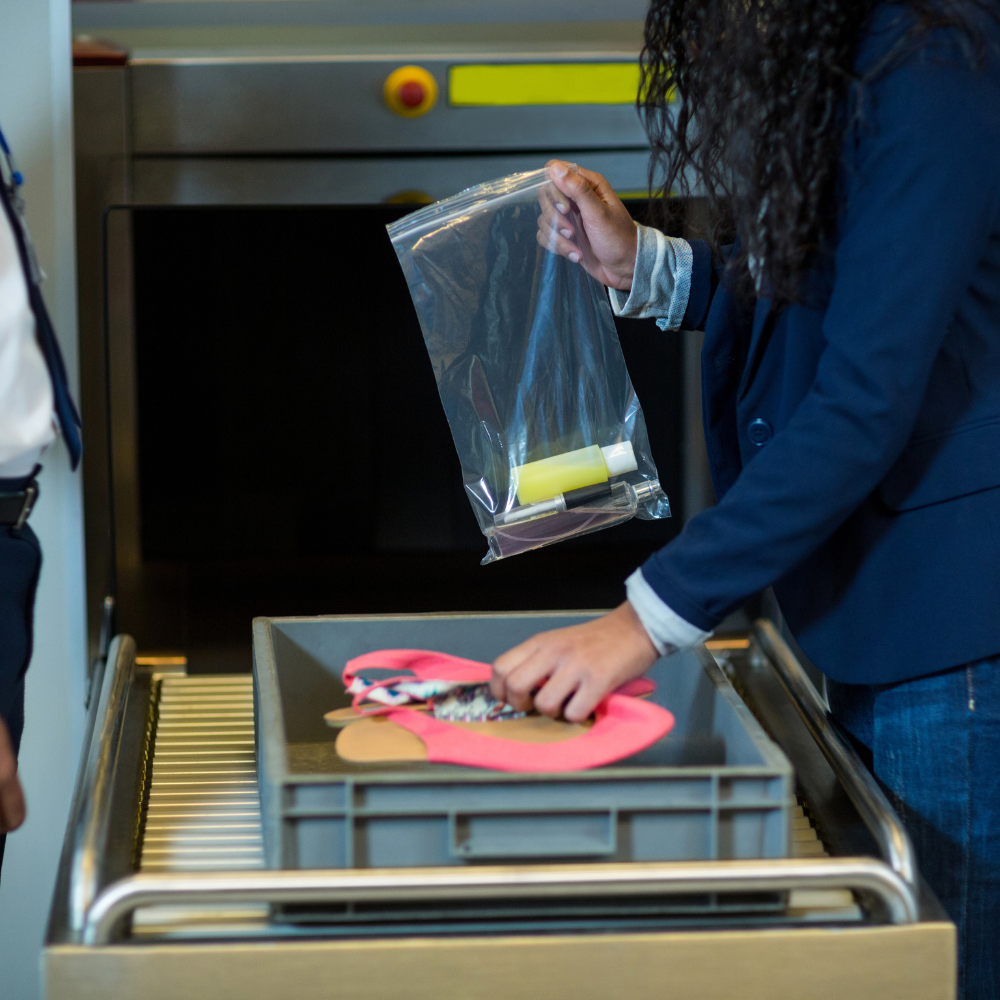 NASA’s Hubble Telescope has discovered a protective covering or a shield that is protecting a pair of dwarf galaxies. NASA published this new finding in Nature magazine. Andrew Fox, who was the co-investigator in these findings, stated that the galaxies form a cocoon of gaseous clouds around them, which serves as a protective shield against the other large galaxies. These findings were observed around our home galaxy, Milkyway. The Milkyway has two dwarf galaxies or satellite galaxies that are orbiting around themselves and are slowly moving towards the Milkyway. The Large and Small Magellanic Clouds, as these galaxies are referred to, are leaving a trail of gaseous debris. It shows that the galaxies are still intact, suggesting that they are being protected by the gaseous debris left behind.
The researchers found it amazing that even after losing so much gaseous matter as debris, the galaxies were still able to form new stars. To address this, researchers arranged an investigation which was led by Dhanesh Krishnarao, the assistant professor at Colorado College. Dhanesh Krishnarao led a team of astronomers who used NASA's Hubble Space Telescope and an out-of-service satellite Far Ultraviolet Spectroscopic Explorer. The team finally has been able to answer this mystery behind the ability of these galaxies to be able to form stars even after losing so much mass.
The team found out that the Large and Small Magellanic Clouds are surrounded by the corona. This corona is being called by these astronomers the protective shield for these galaxies. This corona is made up of extremely hot supercharged gasses which has protected this pair of dwarf galaxies from the destruction due to the Milkyway. This cocoon formed by the supercharged gasses has helped these galaxies to maintain a sufficient supply of matter, keeping them capable of forming new stars.
For finding these outcomes, researchers use a spectroscopic technique that maps the ultraviolet radiations. Using this technique, researchers were able to detect the ultraviolet light that is coming from the quasars present in the Magellanic Corona that has cocooned the Large and Small Magellanic Clouds. Upon observing, researchers found out that this Magellanic Corona is spread 100,000 light years away from the actual mass of these Magellanic Clouds. The corona of these Magellanic Clouds is intermingling with the corona of the Milkyway which is observed to be much hotter and more extensive. Upon observing and analyzing further, the researchers found out that the corona of these dwarf galaxies is acting as a neutralizing medium which is protecting the actual mass of these galaxies from the massive gravitational pull of the Milkyway. As the actual mass of these galaxies is not being affected by the Milkyway, it is still able to form new stars.
The team of astronomers used the Hubble Space Telescope and the FUSE satellite to effectively detect the ultraviolet radiations emitted by the quasars present in the dwarf galaxies. As the light comes through the corona, equipment with high sensitivity for the UV spectra was needed. This is where the Hubble Space Telescope and the FUSE satellite played an important role, as they provide much higher resolutions. These new findings have helped astronomers understand the formation and collision of galaxies.
NASA’s Hubble Telescope has discovered a protective covering or a shield that is protecting a pair of dwarf galaxies. NASA published this new finding in Nature magazine. Andrew Fox, who was the co-investigator in these findings, stated that the galaxies form a cocoon of gaseous clouds around them, which serves as a protective shield against the other large galaxies. These findings were observed around our home galaxy, Milkyway. The Milkyway has two dwarf galaxies or satellite galaxies that are orbiting around themselves and are slowly moving towards the Milkyway. The Large and Small Magellanic Clouds, as these galaxies are referred to, are leaving a trail of gaseous debris. It shows that the galaxies are still intact, suggesting that they are being protected by the gaseous debris left behind.
The researchers found it amazing that even after losing so much gaseous matter as debris, the galaxies were still able to form new stars. To address this, researchers arranged an investigation which was led by Dhanesh Krishnarao, the assistant professor at Colorado College. Dhanesh Krishnarao led a team of astronomers who used NASA's Hubble Space Telescope and an out-of-service satellite Far Ultraviolet Spectroscopic Explorer. The team finally has been able to answer this mystery behind the ability of these galaxies to be able to form stars even after losing so much mass.
The team found out that the Large and Small Magellanic Clouds are surrounded by the corona. This corona is being called by these astronomers the protective shield for these galaxies. This corona is made up of extremely hot supercharged gasses which has protected this pair of dwarf galaxies from the destruction due to the Milkyway. This cocoon formed by the supercharged gasses has helped these galaxies to maintain a sufficient supply of matter, keeping them capable of forming new stars.
For finding these outcomes, researchers use a spectroscopic technique that maps the ultraviolet radiations. Using this technique, researchers were able to detect the ultraviolet light that is coming from the quasars present in the Magellanic Corona that has cocooned the Large and Small Magellanic Clouds. Upon observing, researchers found out that this Magellanic Corona is spread 100,000 light years away from the actual mass of these Magellanic Clouds. The corona of these Magellanic Clouds is intermingling with the corona of the Milkyway which is observed to be much hotter and more extensive. Upon observing and analyzing further, the researchers found out that the corona of these dwarf galaxies is acting as a neutralizing medium which is protecting the actual mass of these galaxies from the massive gravitational pull of the Milkyway. As the actual mass of these galaxies is not being affected by the Milkyway, it is still able to form new stars.
The team of astronomers used the Hubble Space Telescope and the FUSE satellite to effectively detect the ultraviolet radiations emitted by the quasars present in the dwarf galaxies. As the light comes through the corona, equipment with high sensitivity for the UV spectra was needed. This is where the Hubble Space Telescope and the FUSE satellite played an important role, as they provide much higher resolutions. These new findings have helped astronomers understand the formation and collision of galaxies.
News In Focus
 Yash Ranjan09/30/202216
Yash Ranjan09/30/202216
Hubble Telescope discovers a protective shield around galaxies
 NASA’s Hubble Telescope has discovered a protective covering or a shield that is protecting a pair of dwarf galaxies. NASA published this new finding in Nature magazine. Andrew Fox, who was the co-investigator in these findings, stated that the galaxies form a cocoon of gaseous clouds around them, which serves as a protective shield against the other large galaxies. These findings were observed around our home galaxy, Milkyway. The Milkyway has two dwarf galaxies or satellite galaxies that are orbiting around themselves and are slowly moving towards the Milkyway. The Large and Small Magellanic Clouds, as these galaxies are referred to, are leaving a trail of gaseous debris. It shows that the galaxies are still intact, suggesting that they are being protected by the gaseous debris left behind.
The researchers found it amazing that even after losing so much gaseous matter as debris, the galaxies were still able to form new stars. To address this, researchers arranged an investigation which was led by Dhanesh Krishnarao, the assistant professor at Colorado College. Dhanesh Krishnarao led a team of astronomers who used NASA's Hubble Space Telescope and an out-of-service satellite Far Ultraviolet Spectroscopic Explorer. The team finally has been able to answer this mystery behind the ability of these galaxies to be able to form stars even after losing so much mass.
The team found out that the Large and Small Magellanic Clouds are surrounded by the corona. This corona is being called by these astronomers the protective shield for these galaxies. This corona is made up of extremely hot supercharged gasses which has protected this pair of dwarf galaxies from the destruction due to the Milkyway. This cocoon formed by the supercharged gasses has helped these galaxies to maintain a sufficient supply of matter, keeping them capable of forming new stars.
For finding these outcomes, researchers use a spectroscopic technique that maps the ultraviolet radiations. Using this technique, researchers were able to detect the ultraviolet light that is coming from the quasars present in the Magellanic Corona that has cocooned the Large and Small Magellanic Clouds. Upon observing, researchers found out that this Magellanic Corona is spread 100,000 light years away from the actual mass of these Magellanic Clouds. The corona of these Magellanic Clouds is intermingling with the corona of the Milkyway which is observed to be much hotter and more extensive. Upon observing and analyzing further, the researchers found out that the corona of these dwarf galaxies is acting as a neutralizing medium which is protecting the actual mass of these galaxies from the massive gravitational pull of the Milkyway. As the actual mass of these galaxies is not being affected by the Milkyway, it is still able to form new stars.
The team of astronomers used the Hubble Space Telescope and the FUSE satellite to effectively detect the ultraviolet radiations emitted by the quasars present in the dwarf galaxies. As the light comes through the corona, equipment with high sensitivity for the UV spectra was needed. This is where the Hubble Space Telescope and the FUSE satellite played an important role, as they provide much higher resolutions. These new findings have helped astronomers understand the formation and collision of galaxies.
NASA’s Hubble Telescope has discovered a protective covering or a shield that is protecting a pair of dwarf galaxies. NASA published this new finding in Nature magazine. Andrew Fox, who was the co-investigator in these findings, stated that the galaxies form a cocoon of gaseous clouds around them, which serves as a protective shield against the other large galaxies. These findings were observed around our home galaxy, Milkyway. The Milkyway has two dwarf galaxies or satellite galaxies that are orbiting around themselves and are slowly moving towards the Milkyway. The Large and Small Magellanic Clouds, as these galaxies are referred to, are leaving a trail of gaseous debris. It shows that the galaxies are still intact, suggesting that they are being protected by the gaseous debris left behind.
The researchers found it amazing that even after losing so much gaseous matter as debris, the galaxies were still able to form new stars. To address this, researchers arranged an investigation which was led by Dhanesh Krishnarao, the assistant professor at Colorado College. Dhanesh Krishnarao led a team of astronomers who used NASA's Hubble Space Telescope and an out-of-service satellite Far Ultraviolet Spectroscopic Explorer. The team finally has been able to answer this mystery behind the ability of these galaxies to be able to form stars even after losing so much mass.
The team found out that the Large and Small Magellanic Clouds are surrounded by the corona. This corona is being called by these astronomers the protective shield for these galaxies. This corona is made up of extremely hot supercharged gasses which has protected this pair of dwarf galaxies from the destruction due to the Milkyway. This cocoon formed by the supercharged gasses has helped these galaxies to maintain a sufficient supply of matter, keeping them capable of forming new stars.
For finding these outcomes, researchers use a spectroscopic technique that maps the ultraviolet radiations. Using this technique, researchers were able to detect the ultraviolet light that is coming from the quasars present in the Magellanic Corona that has cocooned the Large and Small Magellanic Clouds. Upon observing, researchers found out that this Magellanic Corona is spread 100,000 light years away from the actual mass of these Magellanic Clouds. The corona of these Magellanic Clouds is intermingling with the corona of the Milkyway which is observed to be much hotter and more extensive. Upon observing and analyzing further, the researchers found out that the corona of these dwarf galaxies is acting as a neutralizing medium which is protecting the actual mass of these galaxies from the massive gravitational pull of the Milkyway. As the actual mass of these galaxies is not being affected by the Milkyway, it is still able to form new stars.
The team of astronomers used the Hubble Space Telescope and the FUSE satellite to effectively detect the ultraviolet radiations emitted by the quasars present in the dwarf galaxies. As the light comes through the corona, equipment with high sensitivity for the UV spectra was needed. This is where the Hubble Space Telescope and the FUSE satellite played an important role, as they provide much higher resolutions. These new findings have helped astronomers understand the formation and collision of galaxies. 


